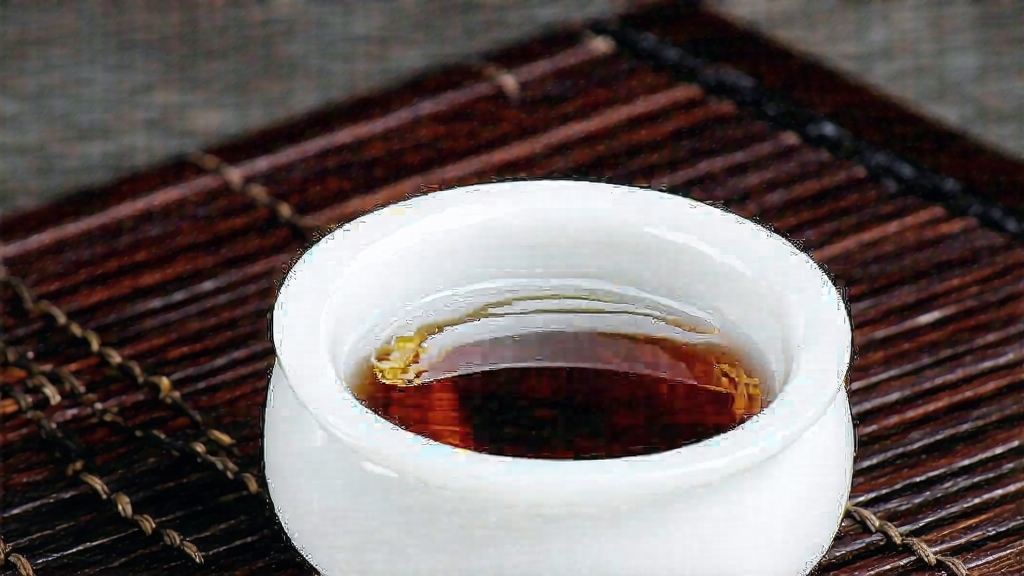
When European tea caravans first reached the bustling docks of Amsterdam and London in the early seventeenth century, the chests stamped “Bohea” carried an intoxicating aroma unknown to the Western palate: a sweet, resinous perfume that mingled with hints of longan and campfire. That fragrance belonged to Lapsang Souchong, the earliest black tea ever created and the prototype from which every subsequent black tea descends. Grown in the granite gorges of the Wuyi Mountains in China’s Fujian Province, this tea is still produced today according to methods that have changed only in detail, not in spirit, for almost four centuries. To understand Lapsang Souchong is to witness the moment when Chinese ingenuity transformed green tea’s fleeting freshness into the deep, malty stability that would circumnavigate the globe and redefine world tea culture.
Historical records preserved in the Tongmu Guan village archives credit the birth of Lapsang Souchong to an accidental discovery during the late Ming dynasty, around 1604. An army unit passing through the tea-producing village of Xingcun commandeered drying sheds overnight, forcing farmers to delay leaf processing. By morning the leaves had oxidized far beyond the green-tea stage. In desperation the villagers rushed the darkened leaf over fires of local Masson pine to accelerate drying. The resulting tea, initially deemed a failure, was sold at deep discount to Dutch traders who happened to be anchored at the port of Quanzhou. Months later, when the shipment reached Europe, customers clamored for more of the mysterious “smoked black tea,” and a new category was born. The name itself encodes this history: “Lapsang” is the Fuzhou dialect rendering of “La” (pine) and “sang” (wood), while “Souchong” refers to the fourth and fifth leaves traditionally picked—larger, tougher foliage that withstands heavy smoke and long ocean voyages.
Although the tea is now produced in several counties, only leaf harvested within the 600-meter contour line of the original Tongmu Guan micro-valley may legally bear the designation “Zheng Shan Xiao Zhong,” literally “Original Mountain Small Sort.” This 27-square-kilometer enclave enjoys a unique terroir: subtropical mists rising from the Jiuqu Xi River collide with cool air sliding off granite cliffs, creating perpetual cloud cover that filters sunlight and slows photosynthesis. The tea bushes, mostly seed-propagated descendants of the ancient Xingcun Da Bai cultivar, send roots deep into mineral-rich fissures, accumulating polyphenols and aromatic resins that later translate into honeyed sweetness and complex smoke.
Two distinct styles of Lapsang Souchong are now exported. The traditional, heavily smoked version remains the benchmark for connoisseurs of historical flavor. After plucking, the leaves are withered over open pine fires for eight to ten hours, oxidized in bamboo baskets rolled by hand every thirty minutes, then pan-fired at 200 °C to arrest oxidation. The critical smoking stage follows: leaves are spread on bamboo trays suspended inside a three-tiered brick oven called a qinglou. Below, fresh pinewood slabs smolder, releasing a steady stream of cool, aromatic smoke that permeates the leaf for six to eight hours. Finally the tea is re-fired to reduce moisture below 3 %, locking in the signature tarry sweetness that can survive years of cellaring. In contrast, the modern “unsmoked” or “fruit-style” Lapsang—developed for the Chinese domestic market in the 1990s—omits the pine phase, relying instead on careful withering and light oxidation to showcase natural notes of longan, lychee, and cacao. Both styles share a chocolate-brown strip shape and a glossy, almost oily surface betraying the high concentration of volatile terpenes.
To brew traditional pine-smoked Lapsang Souchong gongfu style, begin by pre-warming a thin-walled porcelain gaiwan or Yixing teapot of 120 ml capacity. Weigh 5 g of leaf—roughly two heaping teaspoons—and rinse for three seconds with water just off the boil (100 °C). Discard the rinse; its purpose is to awaken the leaf and float away surface smoke residue. The first formal infusion should last five seconds, the second three, then progressively add two seconds per steep. Pour in a high, thin stream to aerate the liquor and amplify the aroma. Decant completely through a fine strainer into